Additional information
| Child override The size of the bubble matters greatly for the application as we have noticed in our work. The fine bubbles (microbubbles) are critical for achieving precise results whether oxygenating a wastewater treatment plant, using aeration to biologically remove excess nutrients, or using aeration for fluid mixing. Air bubble curtains applications that rely more on mixing and moving water also benefit from billions upon billions of microbubbles produced by Bubble Tubing®. Not only do bubbles transfer oxygen and decontaminate water by oxidation, but they also move and mix, clarify, and de-stratify water. Thus the same technology has many diverse applications. Bubble Tubing® optimises oxygen transfer and lifts water which aids in total circulation throughout the water column. As it functions without moving parts or electricity in the water, it increases performance efficiency while significantly reducing electrical and maintenance costs in comparison to other aeration systems. This tubing, made of highly resistant yet flexible PVC, is non-kinking and holds no memory when deployed. |
||||||||
| Child override Common Uses
Benefits
|
||||||||
| Child override | ||||||||
| Child override 1. What is the difference between surface and submersed aeration? Within the industry, a surface aerator is a device that takes water from the vicinity of the surface and throws it into the air, where it picks up atmospheric oxygen. Submerged aeration typically uses air bubbles that are released below the surface and give up the oxygen they contain as they rise. Another method is the Synergistic Technique. It destratifies and puts oxygen on the bottom where it will improve the overall water quality of the lake. Surface aeration is excellent in an emergency. It can quickly put a lot of oxygen in a small area where the fish can come to survive. Never use submerged aeration systems in an emergency, as the oxygen put in is diluted throughout the water column and the higher oxygen levels normally found on the surface are made lower by upward pulsing bottom water.
Algae obtain their nutrients from the water, while submerged weeds typically obtain nutrients from root systems in the soil of the lake bottom. Aeration would have no effect on the rooted plants, but it can have a profound effect on the algae, depending upon many circumstances. In the right situation, a well-designed aeration system will greatly reduce algae primarily by reducing nutrient cycling from the formerly anaerobic bottom. As the water clarity improves, the plant community may shift to submerged weeds. 3. How does aeration put oxygen into the water? At what rate? Lake aeration devices, from surface aerators to synergistic airlifts, put oxygen into the water between the rates of 1-10 pounds of oxygen per horsepower per hour (.6 – 6.0 kilograms per kilowatt). Fountains are at the low end of the oxygen transfer rate, as they expend much more energy putting on a show than they do transferring oxygen. Synergistic airlifts are at the other end of the spectrum because they expend very little energy and circulate huge quantities of water upward. In this case, the interaction at the surface of the lake adds to the majority of the oxygen added to the water. 4. Will aeration improve water quality and clarity? Only when aeration is done correctly will it improve water quality and water clarity. All lakes are different and they often need an engineered approach. When a stratified lake is destratified, water quality is improved by reducing the nutrient cycling and increasing the assimilation capacity. In some lakes with very clear surface water, destratification can reduce water clarity. 5. How long will it take for aeration to improve a lake? In general, the time will vary between 2 and 12 months before visually significant improvements are reached. If the lake is a good candidate for aeration, and if the aeration system is designed correctly, it will definitely continue to improve the water clarity year after year, unless more nutrients re added. 6. Why is the synergistic diffuser manifold more efficient at deeper depths? It is not efficient at shallow depths because of the short distance between the low pressure and high-pressure areas of the water column. Since high pressure will flow to low pressure, the close proximity of the boil at the surface to the low-pressure “suction” at the bottom causes a short circuit. In a deep lake, the distances between the high pressure and the low are too great for this effect to take place. 7. Does the aeration system have to run continuously? Yes. We design all of our systems to be small in size and to operate continuously, as opposed to a large system that operates intermittently. However, they can be shut down completely or intermittently during cold months. 8. If I live on a large lake, can I just aerate my backyard portion? In most cases, this would not have a beneficial effect on the lake in total. If a diffuser were placed above the thermocline, it would induce circulation and act as an artificial structure that would be a fish attracter. If the diffuser were below the thermocline, it would be lifting some of the coolest, heaviest, worst quality water and putting it on the surface in front of your property. For aeration to be effective in the overall water quality improvement of the lake, it has to be designed for the entire lake or a hypolimnetically isolated portion of the lake. |
||||||||
| Child override |

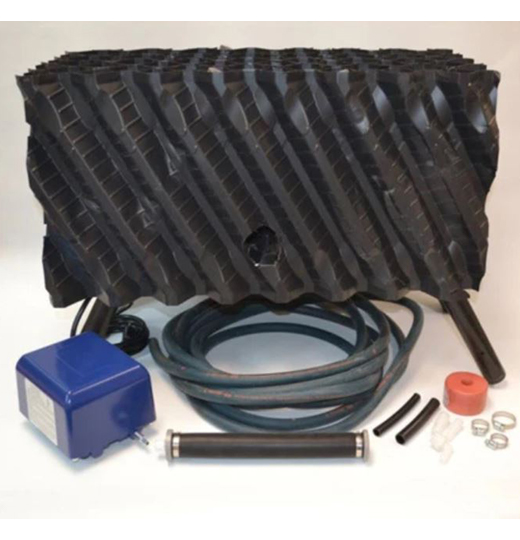
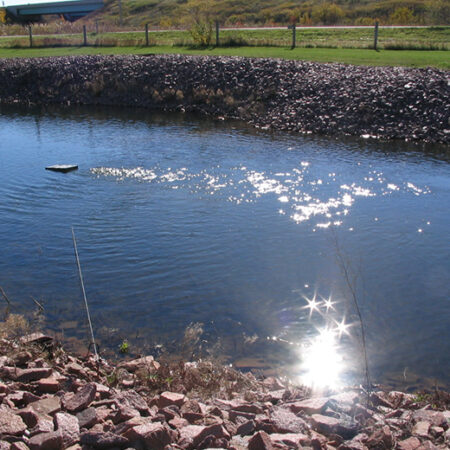
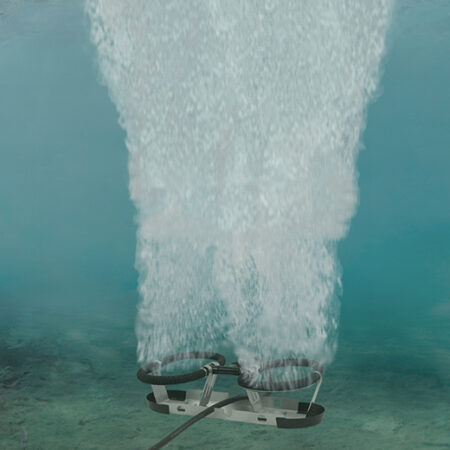
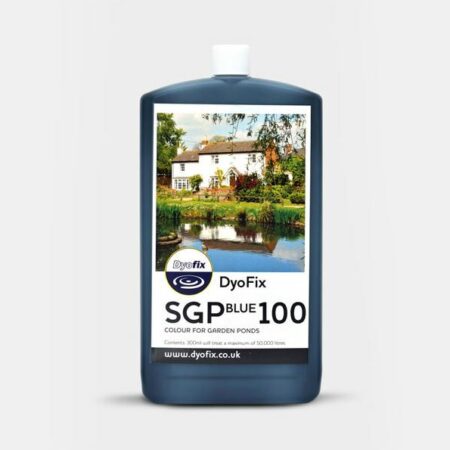
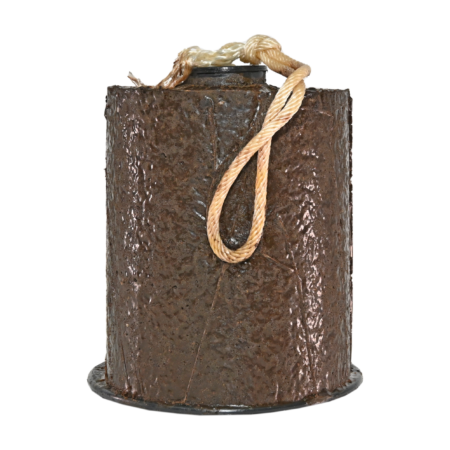
Reviews
There are no reviews yet.